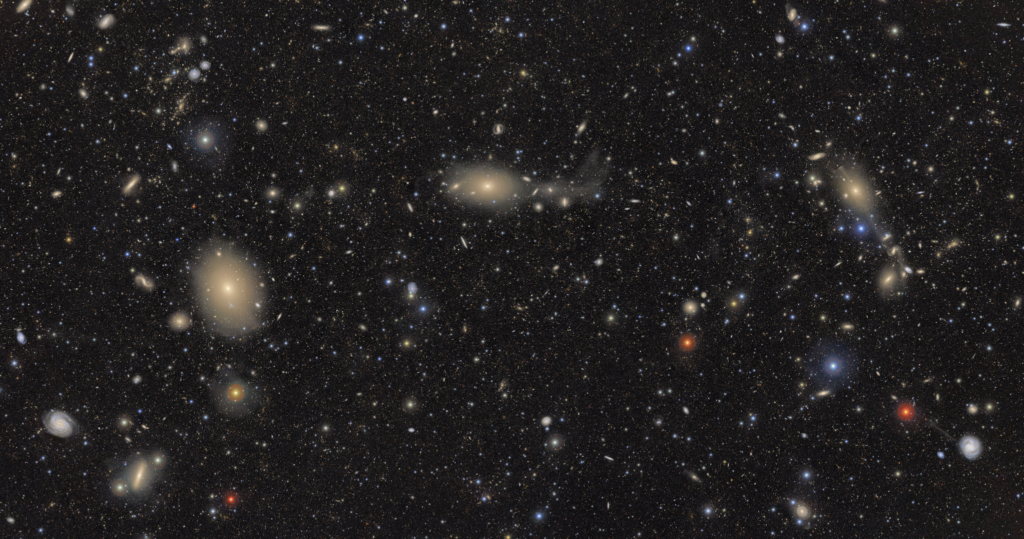
Short: Historic first look at the cosmos by world’s largest digital camera
How did your country report this? Share your view in the comments.
Diverging Reports Breakdown
Short: Historic first look at the cosmos by world’s largest digital camera
On June 23, 2025, the Vera C. Rubin Observatory in Chile captured detailed images of the Trifid and Lagoon nebulas. The observatory will use its 3.2-gigapixel camera to carry out a 10-year survey called the Legacy Survey of Space and Time. Astronomers aim to map billions of stars and galaxies, explore dark matter and dark energy, chart the Milky Way and catalog objects in the solar system.
On June 23, 2025, the Vera C. Rubin Observatory in Chile captured detailed images of the Trifid and Lagoon nebulas—both vast clouds of gas and dust where new stars are born—as well as the Virgo Cluster, a massive collection of galaxies. These images provide valuable insights into the formation and evolution of stars and galaxies across the universe.
The observatory will use its 3.2-gigapixel camera—the largest digital camera ever built for astronomy—to carry out a 10-year survey called the Legacy Survey of Space and Time (LSST). Astronomers aim to map billions of stars and galaxies, explore dark matter and dark energy, chart the Milky Way and catalog objects in the solar system.
The observatory honors American astronomer Dr. Vera C. Rubin, whose research in the 1970s on how galaxies rotate provided key evidence for the existence of dark matter — an invisible substance that makes up most of the matter in the universe.
Why it matters
The Vera C. Rubin Observatory stands as a symbol of progress not only in astronomy but also in recognizing the vital contributions of women in science. Vera Rubin’s groundbreaking career helped open doors for greater diversity in STEM fields, inspiring generations of scientists to pursue bold questions about the universe. The observatory continues this spirit of innovation, pushing the boundaries of what we know about the cosmos while also honoring Rubin’s legacy.
Discussion questions
Do you think endeavors like the Rubin Observatory’s Legacy Survey of Space and Time are important to human progress? Why or why not? Why is representation in science important? How can seeing scientists from diverse backgrounds help shape the future of science and lead to stronger, more innovative research?
Watch the video below to see how Vera Rubin’s legacy continues to inspire the next generation of women in astronomy.
Written by Brooke Ingemi, PBS News Hour Classroom’s intern and senior at Amherst College, and News Hour’s Vicky Pasquantonio.
Fill out this form to share your thoughts on Classroom’s resources.
